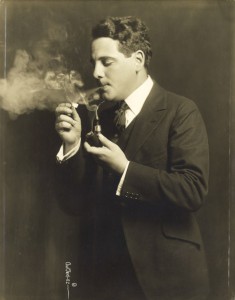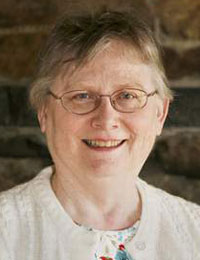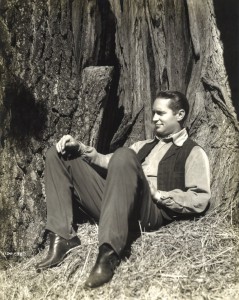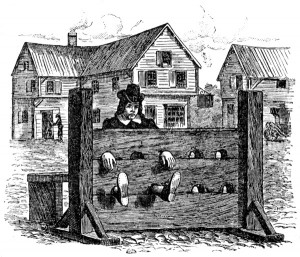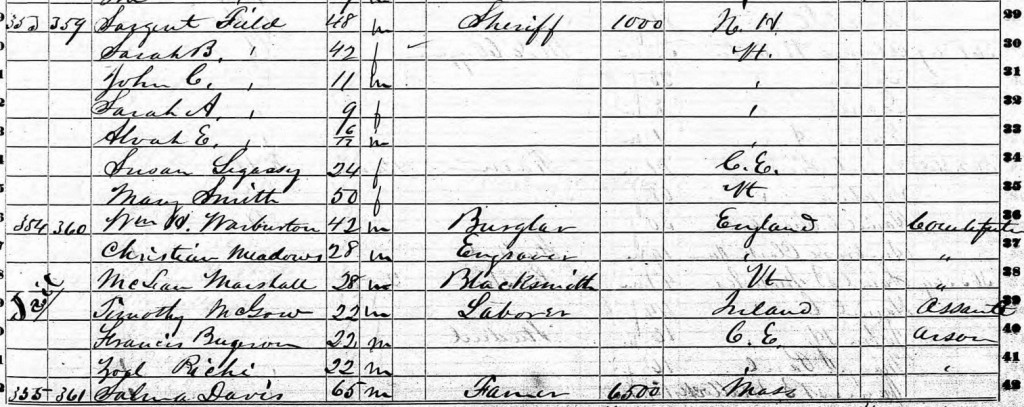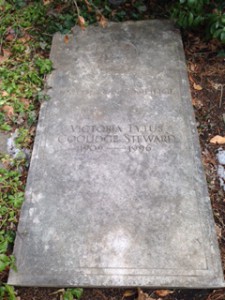 Riffing on something Chris Child wrote about collecting photos of family members in July, I thought I might do something similar with information about family burial plots. Such an exercise leans heavily on Findagrave.com (where some of the images may be found), although in my case I also have the notes compiled by my great-aunt Margaret Steward in 1966 as a resource for my research.
Riffing on something Chris Child wrote about collecting photos of family members in July, I thought I might do something similar with information about family burial plots. Such an exercise leans heavily on Findagrave.com (where some of the images may be found), although in my case I also have the notes compiled by my great-aunt Margaret Steward in 1966 as a resource for my research.
My grandparents are easy: my father’s parents (and stepmother) are buried at Hamilton Cemetery in Massachusetts, while my mother’s parents (and stepmother) are buried at Arlington National Cemetery in Virginia. I was present for my paternal grandfather’s memorial service in 1991, my maternal grandfather’s burial in 1994, and for my paternal step-grandmother’s memorial service in 1996. Continue reading Family plots: Part Two

